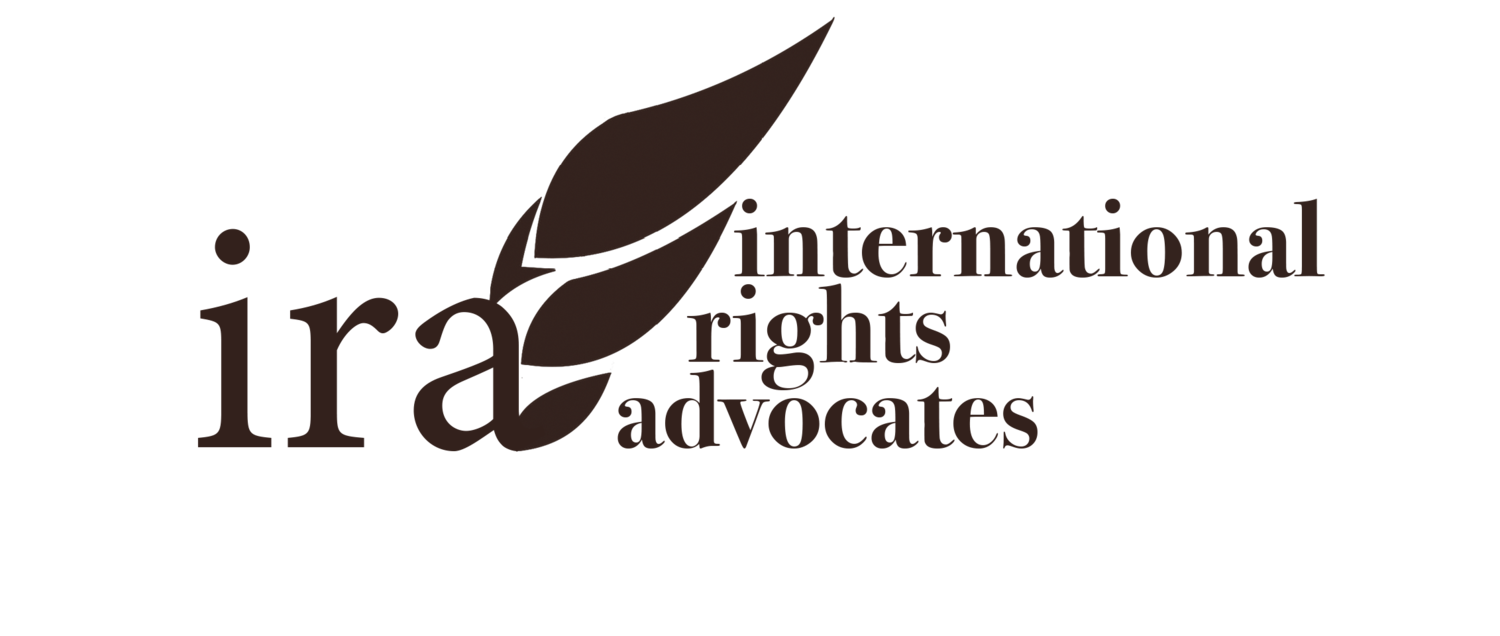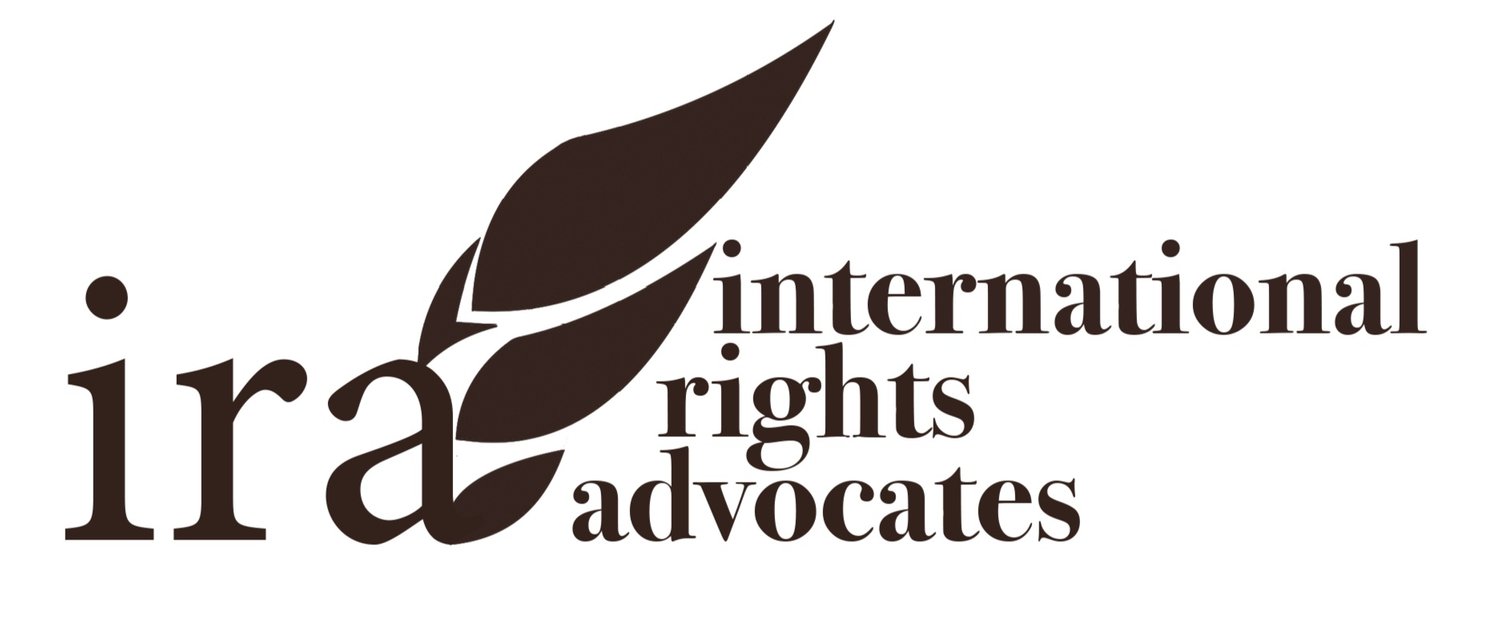ATS-Like Litigation Abroad: Capacity Building in the Global South
Written by Adina Appelbaum, Georgetown University Law Center JD/MPP Candidate, 2015
Organizations that have traditionally sought relief for victims of human rights and environmental abuses from around the world in U.S. courts through the Alien Tort Statute (ATS) are well suited to play a pivotal role in training human rights lawyers and non-profit organizations abroad. Such organizations would be useful in supporting local efforts to seek relief against U.S. corporations in countries where violations have been originally committed. Leading ATS organizations such as IRAdvocates have the expertise, institutional knowledge, and skills to provide trainings abroad on topics including fact gathering, evidence, and procedure – all of which may be applied to different substantive areas, as well as more discrete cases, in various countries’ legal systems. By building these litigation skillsets, local lawyers can be empowered to hold human rights abusers accountable.
Ten to fifteen years ago, large-scale, mass litigation against a defendant for alleged injuries to hundreds of plaintiffs was unheard of in the Global South. Dangerous environments made the prospect of litigation impossible and threatened the lives of potential plaintiffs and witnesses willing to come forward against the impunity of governments and multinational corporations.
But many formerly unstable countries with weak judicial systems have become safer and more developed in recent years. The legal systems of several Central American countries such as Nicaragua and Costa Rica, for example, may be ripe for pursuing domestic litigation. On the books, a large number of nations in the Global South also now have strong human rights laws and constitutions that protect the rights of individuals and communities. While these laws are not always enforced by the courts, they create an important infrastructure for pursuing human rights claims locally.
Ecuador is the only country to have set a precedent so far: Aguinda v. Chevron Texaco represents the prime example of an environmental and human rights case prevailing and awarding relief to plaintiffs against a corporation within a country where the harm occurred. After being originally filed as an ATS case in New York and then dismissed for forum non conveniens, Chevron was transferred to Ecuador, where a final verdict was issued against Chevron for $8.6 billion in damages.
This shift opens the possibility for more cases to be brought against human rights and environmental violators in the Global South. A natural place to start is by building on the existing relationships between U.S.-based ATS litigation organizations and in-country partner organizations that have provided assistance in gathering facts for ongoing ATS cases. As an outgrowth of U.S.-based ATS litigation, ATS specialists can then transition from partnering on existing cases to training and supporting lawyers who bring their own cases. Similar work has been successfully done by Global Rights and the ABA Justice Defenders Program and would benefit from increased engagement.
As an example, IRAdvocates has provided training to many lawyers and non-profit workers in Colombia who have worked on its ATS cases surrounding abuses that occurred there. According to IRAdvocates Deputy Executive Director Christian Levesque, areas of training have included how to take admissible testimony, gather credible evidence, interview in a culturally appropriate way, and have a verifiable process to corroborate facts. From its experience working in different countries, IRAdvocates may also have a role to play in sharing knowledge on how to operate in a dangerous environment and maintain confidentiality in communities where the concept of private conversation is not widespread.
Beyond training, IRAdvocates can further support and strengthen the work of lawyers in the Global South by serving as a resource, offering more hands and technical assistance in large-scale litigation. Building connections with human rights organizations around the world, specializing in various countries’ legal systems, and developing educational toolkits for overcoming evidentiary hurdles all would be key to this type of future role.
“For many, the goal of ATS litigators has always been to not have to use the ATS,” explains IRAdvocates Executive Director Terry Collingsworth. But there is still a long way to go until ATS-like cases can be brought in other countries. First, no other country besides Spain has a statute close to the ATS that allows for universal jurisdiction. Even if universal jurisdiction was available in more countries however, it would be unlikely to have the same force as that of the ATS due to the unmatched opportunities for relief and enforcement available in U.S. courts. Another challenge that remains is the stunted statutes of limitations available in other countries. The U.S. ATS has a long, ten-year statute of limitations, which is necessary for human rights cases that take years to gather evidence and documentation, particularly when few resources are available.
More critically, security issues such as violent retaliation against plaintiffs and their lawyers present a real barrier to bringing these cases in-country. Corruption also makes the use of domestic courts in the Global South hardly a realistic option. Even in Chevron, there has been difficulty in enforcing the judgment. These realities present a stark reminder as to why it is so critical for the ATS to continue to be available in U.S. courts due to the frequent lack of viable venues elsewhere.
Yet as the ATS has become more limited post-Kiobel, empowering human rights lawyers to pursue human rights litigation in the Global South is one way to invest in an additional tool in the fight against corporate impunity. It is true that many of the legal systems of the Global South will need to improve in order to carry out large-scale litigation. Moreover, one cannot conclude that procedural and evidentiary trainings will alone develop the legal systems of countries where human rights abuses most often occur.
But there is reason to hope such trainings will have an impact. By increasing the number of lawyers who have awareness and skills regarding human rights litigation, the legacy of Chevron and human rights accountability can be expanded. Even if countries have no ATS-like statutes available for mass litigation, trial skills can be applied to legal frameworks that do exist, such as kidnapping or murder. In particular, ATS organizations like IRAdvocates can offer unique support in holding its own country’s corporations accountable through expertise in human rights litigation regarding corporate structure, such as tracing supply chains to establish liability of parent companies through subsidiaries. Formalized training programs and litigation resources developed by such organizations will bolster lawyers of the Global South in their efforts to bring claims and pursue justice, and in turn, strengthen domestic legal systems.

